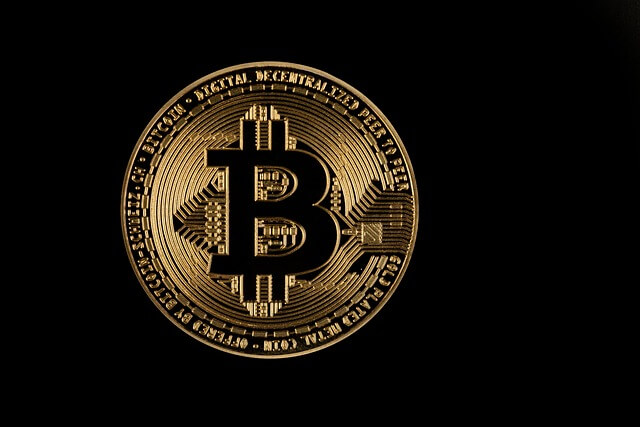Tracking the Dance Between Bitcoin and Indonesia’s Rupiah
Indonesia’s economy has held steady through many challenges, from inflation cycles to global slowdowns. The rupiah remains a strong symbol of national stability, yet its value against global currencies can still shift quickly. Bitcoin, by contrast, lives in a borderless space, unanchored to any government policy. When those two meet, volatility becomes inevitable. Small global moves in Bitcoin can send ripples through Indonesian exchanges overnight, reminding traders that digital markets move to their own rhythm.
For ordinary investors, the attraction lies in flexibility. Converting between rupiah and Bitcoin takes minutes, not days. It allows movement across borders without banking delays. Freelancers use it for overseas payments; small entrepreneurs use it to diversify savings. These quiet, practical uses create steady flow even when speculation cools. For many, the conversion rate is not just a number it’s a measure of how open Indonesia has become to digital value.
The pattern behind these movements feels like a dance: Bitcoin leads with global momentum, and the rupiah follows, adapting to shifts in local demand. When Bitcoin rallies abroad, Indonesians often join late, pushing conversion rates higher. When it dips, they withdraw cautiously, waiting for stability. These reactions reveal a local trading culture that prizes prudence over speed. It’s not pure speculation it’s cautious participation in a system still learning how to fit alongside conventional finance.
Government policy adds rhythm to that dance. Indonesian regulators have not banned crypto trading, but they monitor it closely. Licensed exchanges operate under clear oversight, creating a sense of security that attracts mainstream users. That structure means the market reacts not just to global headlines but to domestic regulation. A new tax rule, for instance, can shift activity overnight. This mix of openness and control keeps the market lively but grounded.
The BTC to IDR relationship also mirrors broader regional trends. Southeast Asia has become one of the most active crypto regions in the world, with young populations eager to test new financial tools. Indonesia’s size and digital adoption rate make it a key player in that landscape. Local apps and wallets have grown rapidly, offering interfaces in Bahasa Indonesia and pricing directly in rupiah. This localisation has made digital assets feel less foreign, more like an extension of existing habits.
Still, the volatility remains undeniable. Bitcoin’s global moves often seem disconnected from Indonesia’s economic realities. A shift caused by US monetary policy or European regulation can affect the local market within hours. That unpredictability forces traders to balance global awareness with local logic. Many now study both analysing macroeconomic trends alongside domestic spending and inflation to make informed conversion decisions.

Image Source: Pixabay
The relationship also carries a psychological side. For some Indonesians, Bitcoin represents freedom from bureaucratic systems; for others, it feels like risk disguised as innovation. The split reflects a society weighing tradition against modernity. One side prefers the security of government-backed money; the other values autonomy and borderless access. The tug-of-war between these mindsets plays out in every chart that tracks the rupiah against Bitcoin.
In quieter moments, when prices stabilise, the two seem to move together peacefully. Traders exchange stories rather than warnings, and the market breathes easier. But calm rarely lasts long. The global nature of Bitcoin ensures that news from any corner of the world can restart the movement. That’s what makes the dynamic fascinating it’s unpredictable but never meaningless.
As Indonesia’s financial system continues to modernise, the interaction between Bitcoin and the rupiah will remain a key signal. It shows how local economies connect to global forces in real time. Each fluctuation in the BTC to IDR rate reflects a negotiation between old trust and new possibility a reminder that the dance between stability and innovation rarely ends, it only changes tempo.
Comments